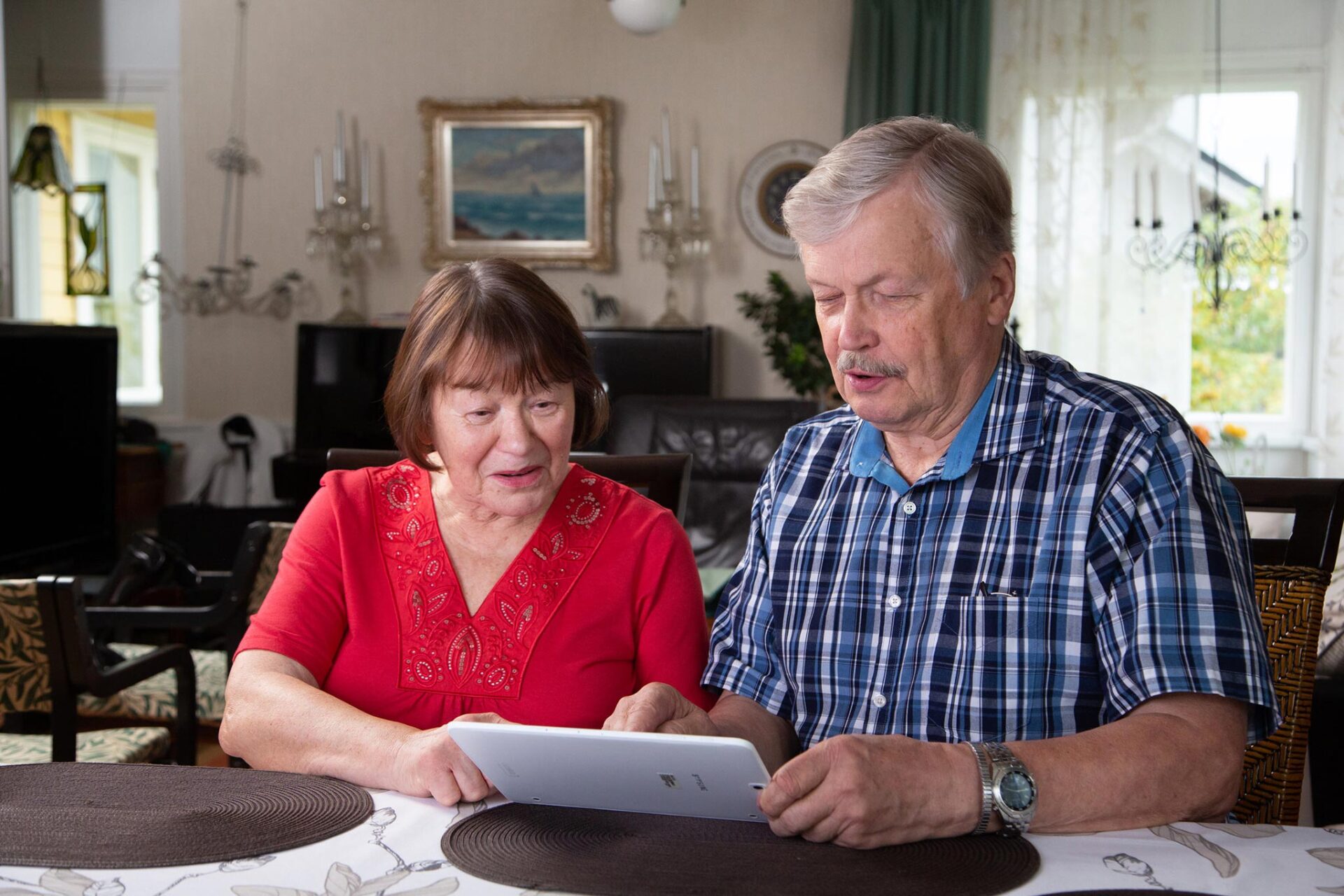The pension reform
The social partners began negotiating a reform of the occupational pension system in autumn 2023 at the request of the Finnish Government.

The declared aim of the Government is a reform that will ensure the financial sustainability of the pension system and strengthen general government finances in the long term. It expects the social partners to put forward a proposal that realises these objectives by the end of January 2025.
What principles guide the views of SAK on the occupational pension system reform?
The statutory nature of the occupational pension system must continue, with a pension entitlement accruing from all work. It is vital to respect accrued entitlements, meaning that no cuts should be made in pensions that are already being paid.
We also stress the importance of a defined-benefit system that determines benefits according to the history of employment and earnings. This means that the eventual pension is predetermined, with earnings-related pension contributions increasing where necessary.
We insist that occupational pension insurance must cover everyone who works for a living. Everyone must be covered by the same system, with no cap or other exceptions in occupational pensions. By contrast, the national pension will cover everyone living in Finland who satisfies the minimum requirement as to duration of residence.
SAK finds no need for any rapid or radical change in the occupational pension system. Any modifications should be phased in over an adequately prolonged period.
It is important for the system to be predictable and dependable. People should have a confident expectation of a reasonable pension. It is essential to ensure that everyone remains willing to support the collective pension scheme, and eventually enjoys a reasonable pension in return.
Why are SAK and other social partners negotiating the pension reform?
Occupational pensions are financed through contributions collected from employers and employees. The social partners are interested in the level of these contributions, and in our general occupational pension system. They have monitored the long-term progress of the occupational pension system for decades. This system has not been affected by changes in the colour of government.
The social partner negotiations focus on the main policies of the pension scheme. The Government is in turn responsible for tripartite preparations that will settle numerous details of the pension system legislation to be enacted by Parliament. This overall approach has proved successful and responsible.
The pension system has been reformed at regular intervals
The last pension system reform took place in 2017 and has proved effective in practice. For example, the goal of increasing the retirement age was realised ahead of schedule. It is nevertheless wise to review the pension system from time to time, and to anticipate future needs for further modification.
The Finnish pension system has earned high marks in international assessments. An assessment conducted in autumn 2021 nevertheless pointed out that the system should be made more financial sustainable in the long term, and this is also one objective of this latest reform.
It reflects the failure to reach the birth rate estimates of the 2017 pension reform. The birth rate has fallen short of the estimate, and there are currently no signs that it will increase. The average age of the population is also increasing in Finland.
It is important to ensure the sustainability of the pension system, so that younger generations may also be confident that they will enjoy a reasonable pension on reaching retirement age.
Further details of the pension reform are available on the website of the Finnish Centre for Pensions.
Occupational pensions are part of social insurance
Individual pensioners may receive either an earnings-related pension, or a national pension or possible guaranteed minimum pension paid by the Social Insurance Institution (Kela), or all three of these. Eligibility for the national pension depends on the accrued earnings-related pension. The national pension is also paid if the earnings-related pension is very small. Some 68 per cent of pensioners receive an earnings-related pension alone.
Further details of the pension system are available on the website of the Finnish Pension Alliance TELA.